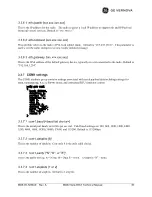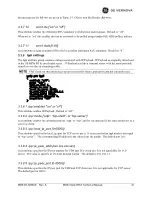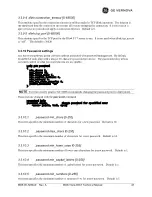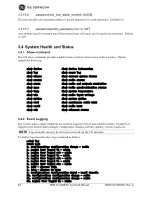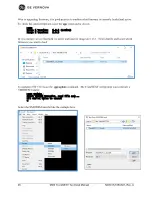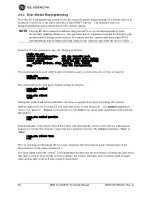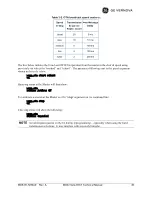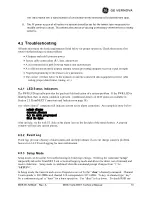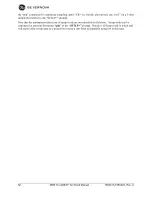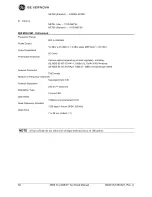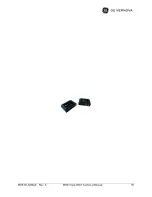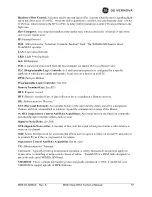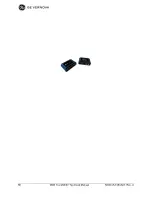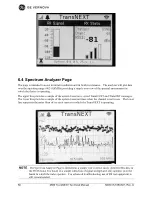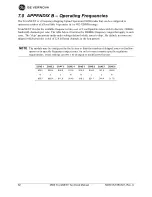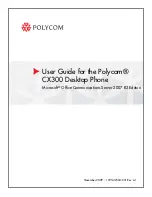
50
MDS TransNEXT Technical Manual
MDS 05-7280A01, Rev. A
4.0 TECHNICAL REFERENCE
4.1 A Word About Radio Interference
All units must meet the basic requirements listed below for proper operation. Check these items first
when troubleshooting a system problem:
The TransNEXT shares the frequency spectrum with other services and unlicensed devices. As such, near
100% error free communications may not be achieved in a given location, and some level of interference
should be expected. However, the radio’s flexible design and hopping techniques should allow adequate
performance if care is taken in choosing station location, configuration of radio parameters and
software/protocol techniques.
In general, keep the following points in mind when setting up your communications network:
1.
Systems installed in rural areas are least likely to encounter interference; those in suburban and
urban environments are more likely to be affected by other devices operating in the license-free
frequency band and by adjacent licensed services.
2.
If possible, use a directional antenna at Remote sites. Although these antennas may be more
costly than omnidirectional types, they confine the transmission and reception pattern to a
comparatively narrow lobe, which minimizes interference to (and from) stations located outside
the pattern.
3.
If interference is suspected from a nearby licensed system (such as a paging transmitter), it may
be helpful to use horizontal polarization of all antennas in the network. Because most other
services use vertical polarization in these bands, an additional 20 dB of attenuation to
interference can be achieved by using horizontal polarization.
4.
Multiple transceiver systems can co-exist in proximity to each other with only very minor
interference if they are each assigned a unique network address. Each network address has a
different hop pattern.
Additional RF isolation can be achieved by using separate directional antennas with as much
vertical or horizontal separation as is practical. Vertical separation of antennas is more effective
per foot/meter than horizontal.
5.
If constant interference is present i
n a particular frequency zone, it may be necessary to “lock
out” that zone from the radio’s hopping pattern. The radio includes built
-in tools to help users
remove blocked frequency zones. Refer to the discussion of the radio.skip attribute for more
information. In the USA, a maximum of four zones may be skipped, per FCC rules. Check the
regulatory requirements for your region.
6.
Interference can also come from out-of-band RF sources such as paging systems. Installation of
a bandpass filter in the antenna system may bring relief. (Contact the GE CIC Customer Service
Department for recommendations and sources of suitable filters.)
7.
Proper use of the radio.retry and radio.repeat may be helpful in areas with heavy interference.
The radio.retry sets the maximum number of times (0 to 10) that a radio will re-transmit
upstream data over the air. Values greater than 0 successively improve the chances of a
message getting through when interference is a problem.
Summary of Contents for MDS TransNEXT NET9L
Page 55: ...MDS 05 7280A01 Rev A MDS TransNEXT Technical Manual 55...
Page 58: ...58 MDS TransNEXT Technical Manual MDS 05 7280A01 Rev A...
Page 61: ...MDS 05 7280A01 Rev A MDS TransNEXT Technical Manual 61...
Page 66: ...66 MDS TransNEXT Technical Manual MDS 05 7280A01 Rev A NOTES...
Page 67: ...MDS 05 7280A01 Rev A MDS TransNEXT Technical Manual 67...
Page 69: ......




